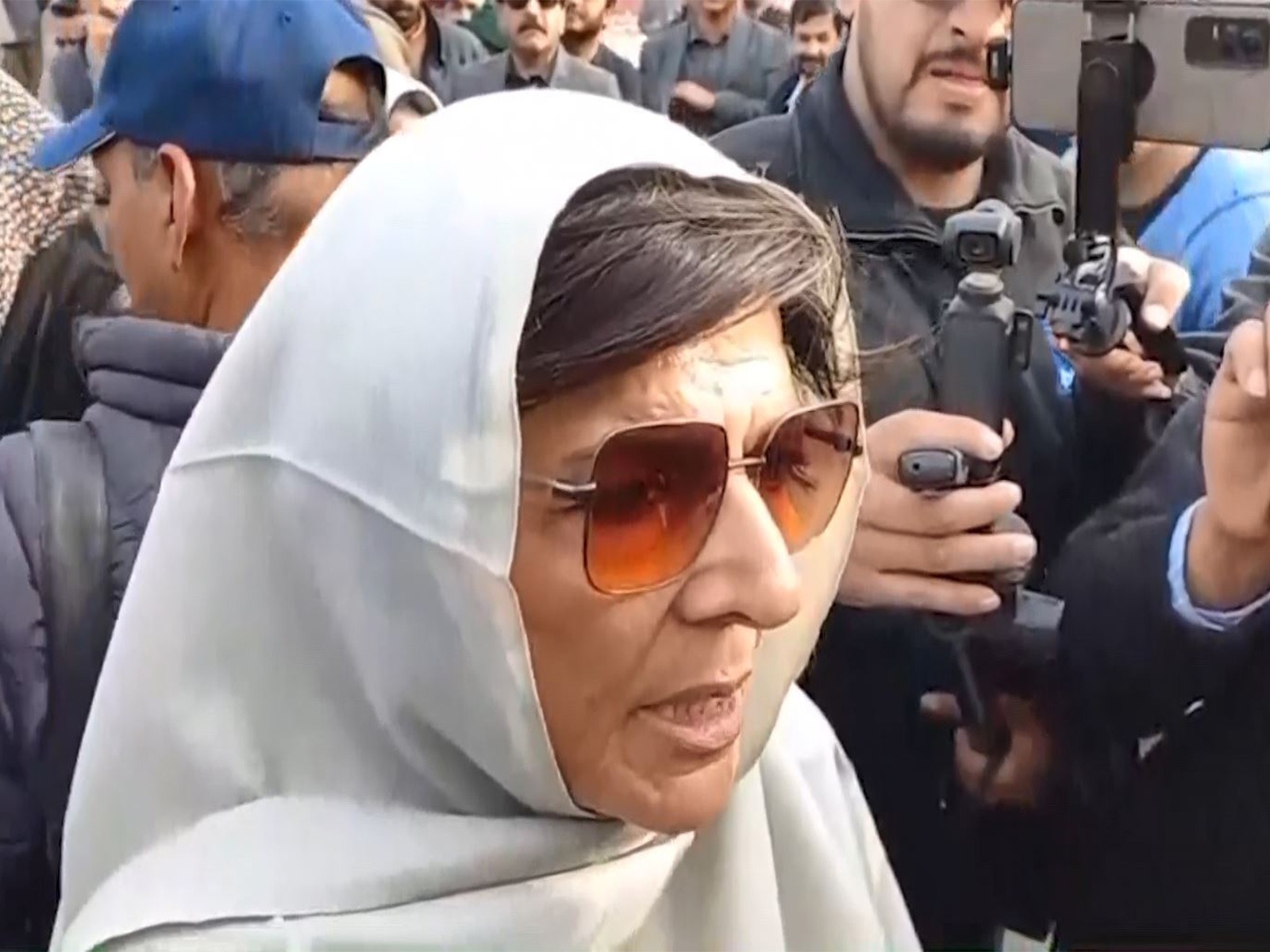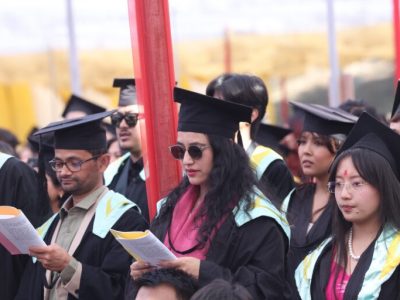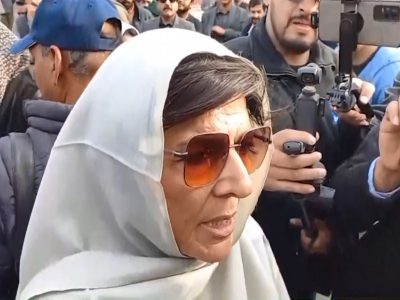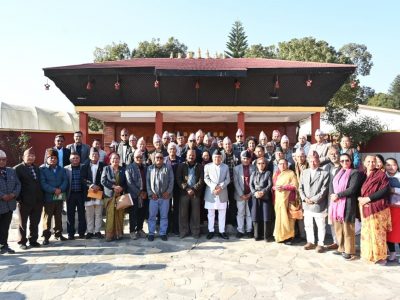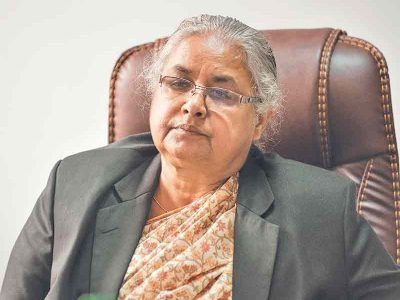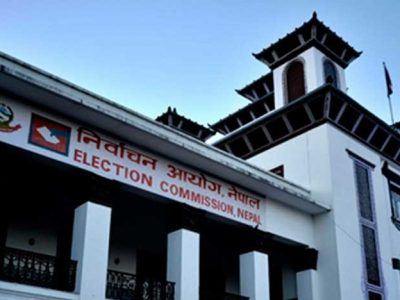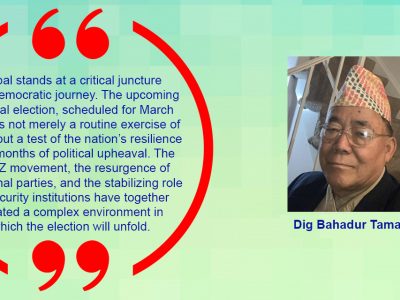Many Nepali voters are expressing the hope

Many Nepali voters are expressing the hope that the upcoming election will be conducted peacefully and in full accordance with the rule of law. After months of political turbulence and the disruption caused by the Gen Z protests, citizens are looking for stability and legitimacy through a credible electoral process. Despite UML’s agitation, the expectation among Nepali voters and observers is that the upcoming election will still move forward under the constitutional framework. The Communist Party of Nepal (UML), led by KP Sharma Oli, has adopted a more confrontational posture in recent weeks—reviving “People’s Volunteers” and signaling a readiness to counter rivals in the streets. This aggressive stance has raised concerns about potential clashes during the campaign period.
Nepal stands at a critical juncture in its democratic journey. The upcoming general election, scheduled for March 2026, is not merely a routine exercise of voting but a test of the nation’s resilience after months of political upheaval. The Gen Z movement, the resurgence of traditional parties, and the stabilizing role of security institutions have together created a complex environment in which the election will unfold. This essay explores the historical background, the rise of new actors, the strategies of established parties, and the broader socio political implications of Nepal’s forthcoming election.
The Gen Z movement in Nepal emerged as one of the most unexpected forces in the country’s recent political history. What began as scattered conversations among young people on digital platforms such as Discord and gaming apps quickly transformed into a visible protest culture that challenged the authority of established parties. For many of these young activists, the movement was not about ideology in the traditional sense but about frustration with a system that seemed incapable of delivering jobs, opportunities, or accountability. Their reliance on technology reflected both their generational identity and their lack of access to conventional political structures. Unlike the older parties that organize through committees, cadres, and rallies, Gen Z activists built communities online, sharing memes, live streams, and calls to action that resonated with thousands of disillusioned youth.
The movement’s strength lay in its spontaneity and energy, but this was also its weakness. Without a coherent leadership structure or a clear set of demands, the protests were vulnerable to manipulation. The events of September 8 and 9, when demonstrations escalated into violence, arson, and attacks on parliament, revealed how easily youthful anger could be redirected by actors with their own agendas. Many observers noted that external groups exploited the momentum, pushing young protesters into confrontations that ultimately discredited the movement. What had begun as a call for reform was overshadowed by images of destruction, and the narrative shifted from hope to chaos. This tarnished reputation made it difficult for Gen Z activists to claim legitimacy in the eyes of the broader public.
Yet the deeper significance of the Gen Z movement cannot be dismissed. It highlighted a generational divide in Nepalese politics: the older parties continue to recycle leaders and strategies from decades past, while young citizens demand new voices and new methods of engagement. Even in its fragmented state, the movement forced traditional parties to acknowledge that the youth cannot be ignored. Leaders such as KP Sharma Oli met with activists, not necessarily to embrace their agenda but to gauge how their energy might be harnessed for political gain. This interaction itself was recognition that the Gen Z movement had altered the landscape, even if temporarily.
The Gen Z protests also underscored the role of technology in shaping modern activism. In a country where rural areas often lack infrastructure, the internet became a unifying space for young people across regions. Digital tools allowed them to bypass traditional hierarchies and speak directly to one another, creating a sense of solidarity that transcended geography. While their organizational skills were limited, their ability to mobilize quickly was unprecedented in Nepal’s political history. This suggests that future movements, whether led by Gen Z or subsequent generations, will continue to rely on digital platforms as engines of mobilization.
Ultimately, the Gen Z movement represents both a cautionary tale and a glimpse of possibility. Its descent into violence damaged its credibility, but its very existence revealed the hunger for change among Nepal’s youth. As the country prepares for the upcoming election, the echoes of Gen Z activism remain in the background, reminding political leaders that legitimacy cannot be sustained without addressing the aspirations of a new generation. Whether through formal parties, independent candidates, or renewed grassroots organizing, the energy that fueled the Gen Z protests will continue to shape Nepal’s democratic journey. The upcoming election in Nepal on March 5, 2026 is expected to proceed, but whether it runs smoothly depends on how well security forces, political parties, and the Election Commission manages tensions that remain after recent protests. Preparations are underway to ensure a peaceful vote, yet challenges from youth movements and political rivalries could still disrupt the process.
Facebook Comment
latest Video
Trending News
- This Week
- This Month





